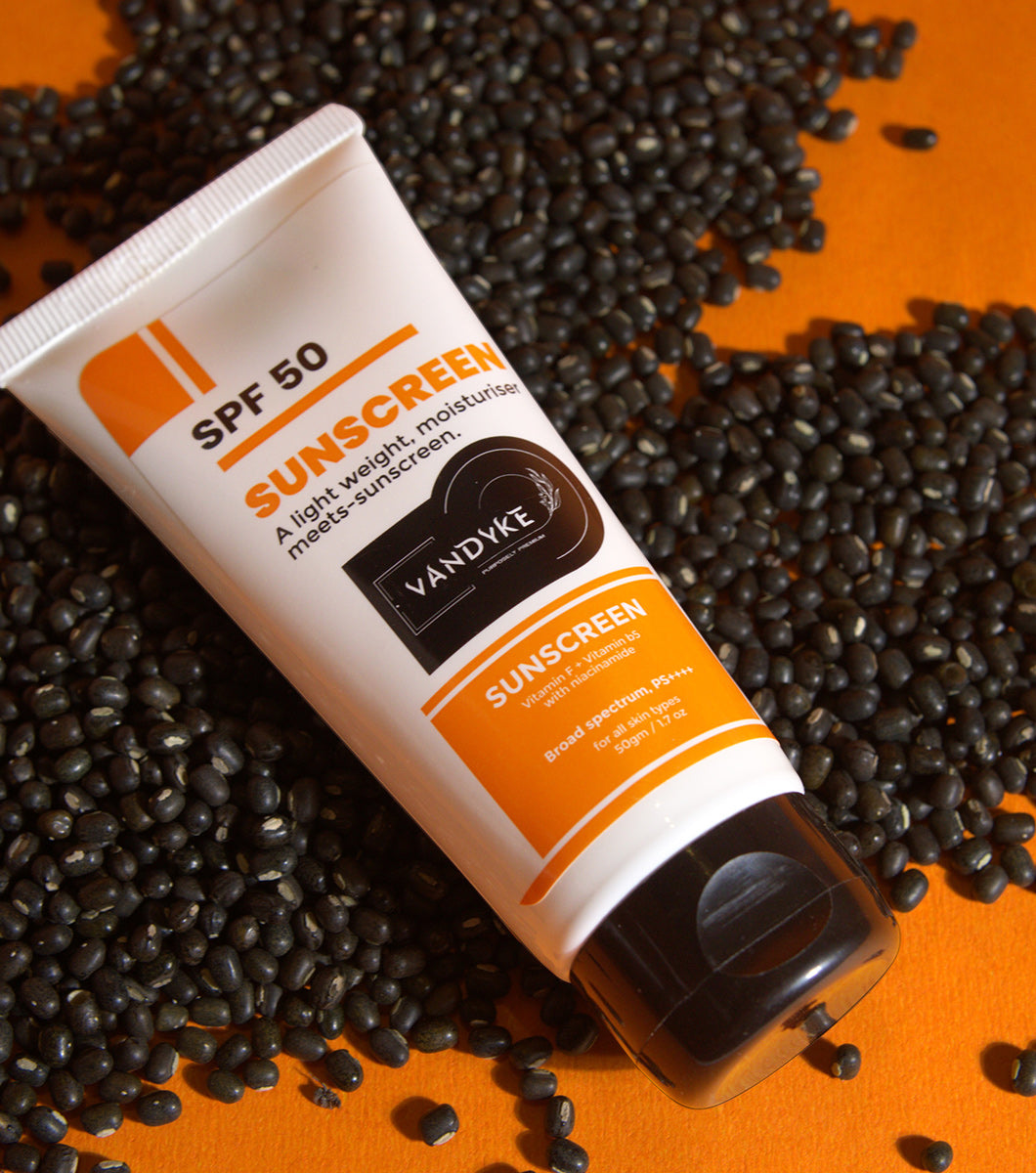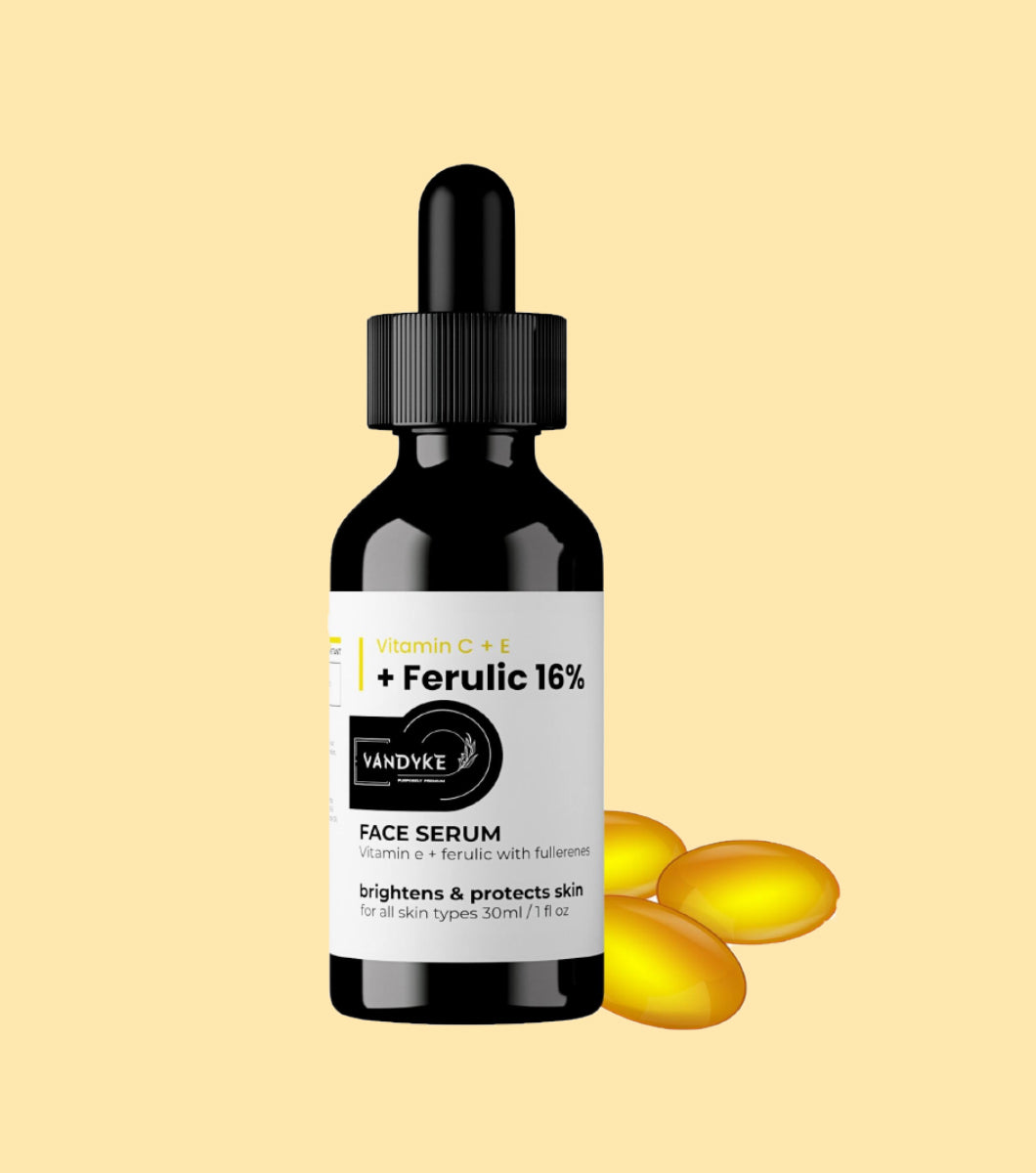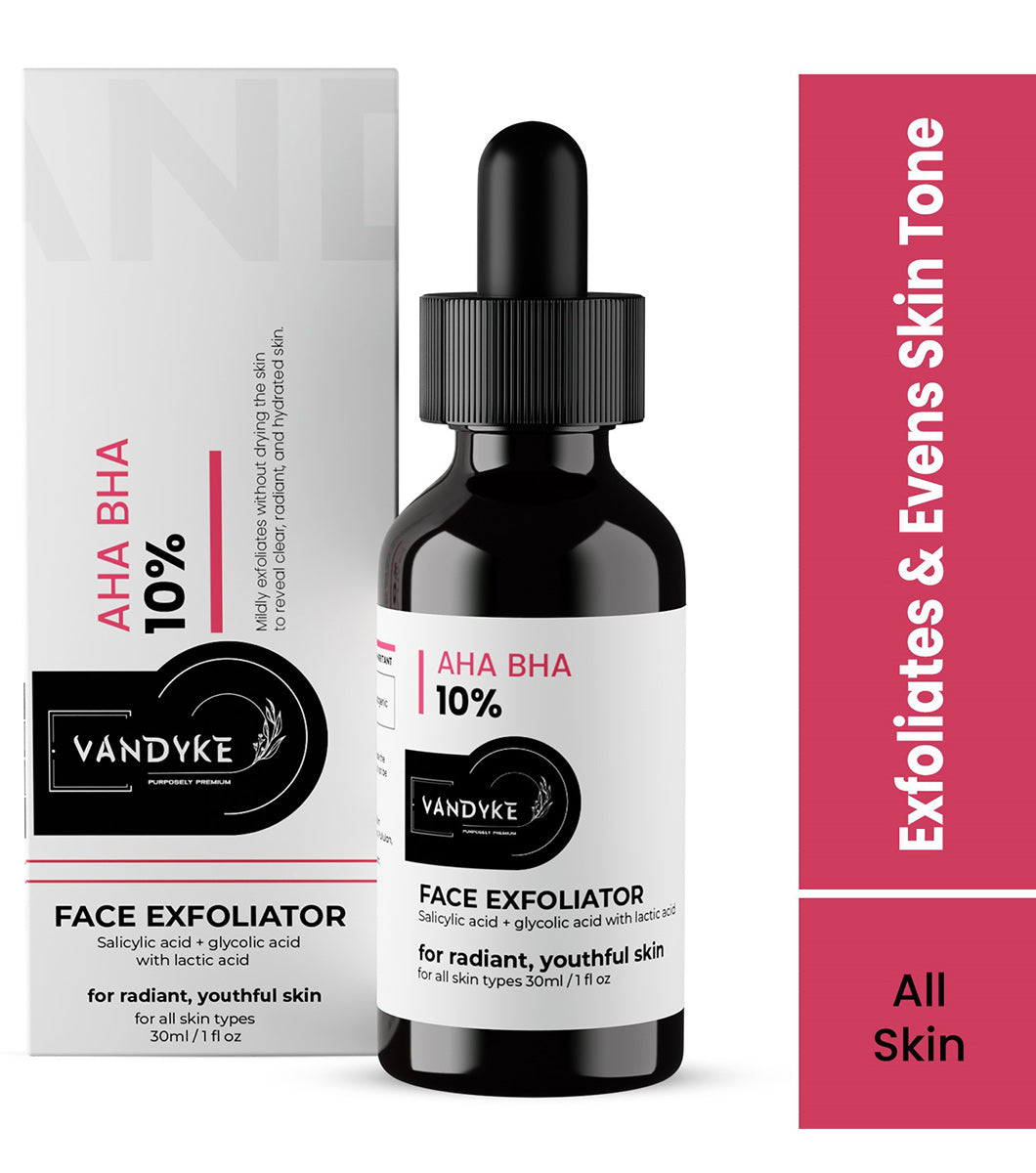
Kojic Acid Dipalmitate vs Kojic Acid Which One is Better for Your Skin

Kojic Acid Dipalmitate vs Kojic Acid Which One is Better for Your Skin?
Kojic acid is a common treatment for hyperpigmentation, uneven skin tone, and age spots. But did you know there are many types of kojic acid? We’ll look at two popular versions in this guide: Kojic Acid Dipalmitate and Kojic Acid. Vandyke will explain the distinctions between them and help you decide which one is best for your skin.
What is Kojic Acid?
Kojic acid is a naturally occurring chemical generated by several fungi, most notably during the fermentation of rice to make sake. Its ability to prevent the synthesis of melanin, the pigment responsible for skin color, makes it popular in cosmetics. Kojic acid may effectively lighten and brighten the skin by decreasing melanin synthesis, making it a popular alternative for treating skin issues such as:
- Melasma: A skin condition characterized by brown to gray-brown patches, typically on the face.
- Freckles: Small brown spots are usually found in areas exposed to the sun.
- Hyperpigmentation: Dark patches of skin caused by excess melanin.
- Age Spots: Dark areas on the skin due to aging and UV exposure.
- Acne Scars: Dark marks left behind by acne breakouts.
- Sun Damage: Skin damage caused by prolonged sun exposure.
Kojic acid comes in a variety of forms, the most prevalent of which being Kojic Acid Dipalmitate and Kojic Acid. Let’s look at how these two vary and how they influence your skin.
If you are looking for a product containing kojic acid then you can use vandyke 2% kojic acid cream for your skin. Kojic acid face cream is the best cream for whitening face . kojic acid face cream is the Dark Spot Corrector for your face. Kojic acid face cream is the best Skin Whitening Cream for Knees and Elbows.
What is Kojic Acid Dipalmitate?
Kojic Acid Dipalmitate is a kojic acid derivative. It is made by mixing kojic acid and palmitic acid. This adjustment changes some of its features and has an impact on its efficacy. Because of its skin-lightening and brightening properties, Kojic Acid Dipalmitate is frequently utilized in skincare products. Because it is thought to be more stable and less susceptible to light and heat than pure kojic acid, it is a preferred choice for skin lightening formulas.
Advantages of Kojic Acid Dipalmitate
- Stability
The acid kojic Dipalmitate is a more stable form of kojic acid than regular kojic acid. Traditional kojic acid is rapidly oxidized, which reduces its potency over time.
- Oil Solubility
This version is oil-soluble, which means it may permeate the skin more efficiently, perhaps increasing its potency.
- Less Sensitivity
The acid kojic Dipalmitate is less irritating to the skin than regular kojic acid.
Limitations of Kojic Acid Dipalmitate
- Efficacy
Some contend that, while Kojic Acid Dipalmitate is more stable, it may not be as efficient as regular kojic acid in preventing melanin synthesis.
Kojic Acid
Kojic Acid has been utilized in skincare products for decades in its natural form.
Advantages of Kojic Acid
- Proven Effectiveness
Traditional Kojic Acid has a track record of effectively resolving skin disorders linked to hyperpigmentation by lowering melanin synthesis.
- Affordability
Traditional Kojic Acid is frequently less expensive than Kojic Acid Dipalmitate.
Limitations of Kojic Acid
- Stability
It’s less stable than Kojic Acid Dipalmitate, which means it can degrade more quickly, potentially reducing its effectiveness over time.
- Skin Sensitivity
When using conventional Kojic Acid, some people with sensitive skin may feel discomfort.
Choosing the Right Kojic Acid for Your Skin
The difference between Kojic Acid Dipalmitate and regular Kojic Acid is mostly determined by your skin type, concerns, and preferences. To help you decide, here’s a breakdown:
Choose Kojic Acid Dipalmitate If:
- You have sensitive skin that does not respond well to standard Kojic Acid.
- Stability is important to you, and you want a product that will last for a long time without deterioration.
- You have melasma, freckles, age spots, or sun damage and would want a possibly less irritating remedy.
Choose Traditional Kojic Acid If:
- You have normal or non-sensitive skin and are seeking for a tried-and-true, low-cost skin whitening option.
- You prioritize effectiveness and are willing to deal with any oxidation difficulties through careful preservation.
Key Considerations
Regardless of the kind of kojic acid you pick, here are some essential considerations:
- Patch Test
When integrating a new skincare product into your routine, always do a patch test. This ensures that your skin tolerates the substance without any negative effects.
- Sun Protection
Whatever kind of kojic acid you use, it’s critical to utilize a broad-spectrum sunscreen every day. Sun protection is essential since skin-lightening chemicals might make your skin more susceptible to the sun.
- If you are looking for 50 spf sunblock. Then you can choose vandyke SPF 50 sunscreen for your skin. 50 spf face sunscreen will be the best spf 50 sunblock. This sunscreen with 50 spf is enough for your daily skin protection.
- Consult a Dermatologist
Consult a dermatologist if you are unsure whether kojic acid is appropriate for your skin conditions. They can make specialized recommendations depending on your specific requirements.
Conclusion
In its many forms, kojic acid provides a remedy to common skin troubles such as hyperpigmentation, age spots, freckles, and more. Consider skin sensitivity, stability, and desired efficacy when picking between Kojic Acid Dipalmitate and conventional Kojic Acid. Whatever you choose, appropriate usage and sun protection are critical for attaining the greatest results while maintaining the health of your skin.





































